Structure of the Auditory System


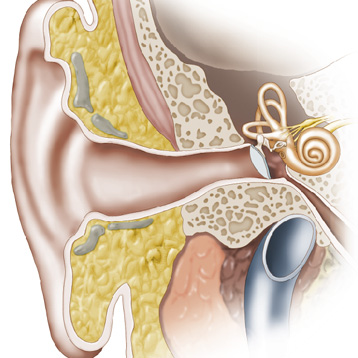

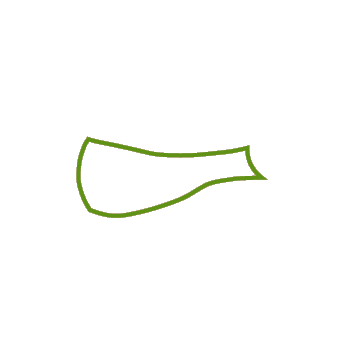
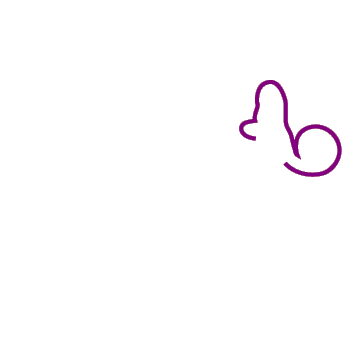
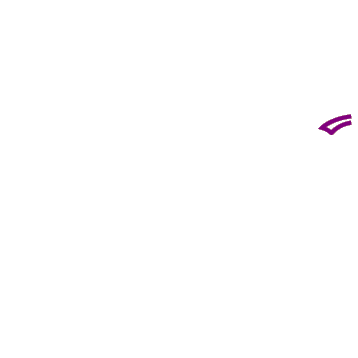

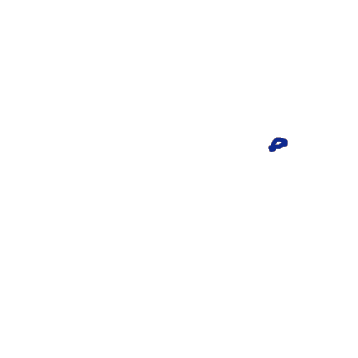
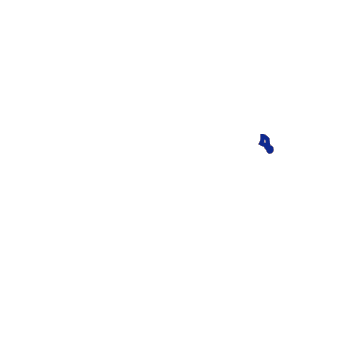





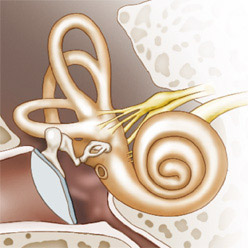
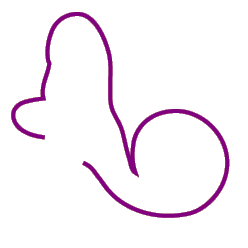
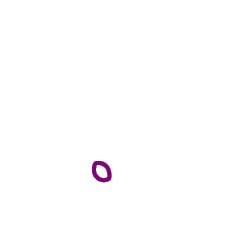
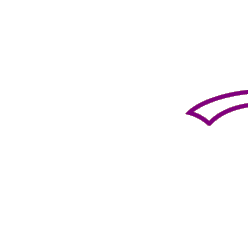
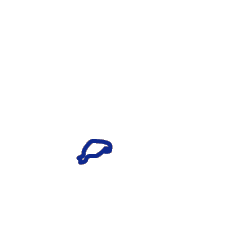
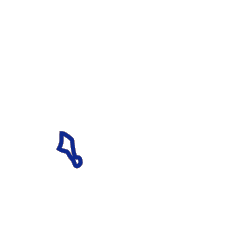
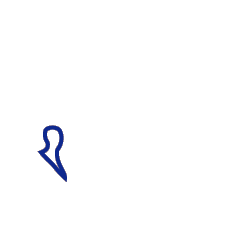


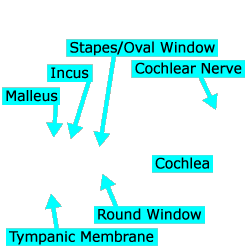
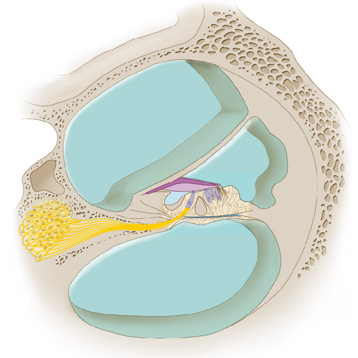

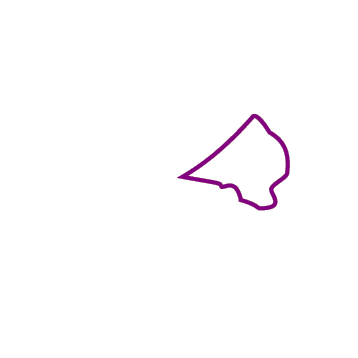




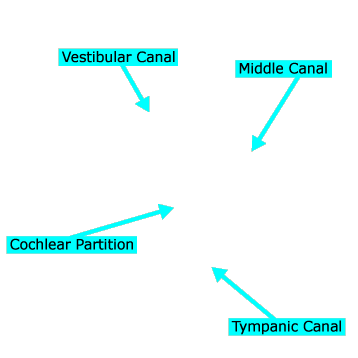

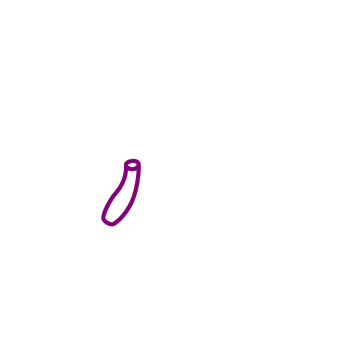
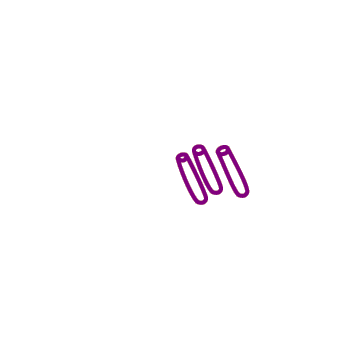
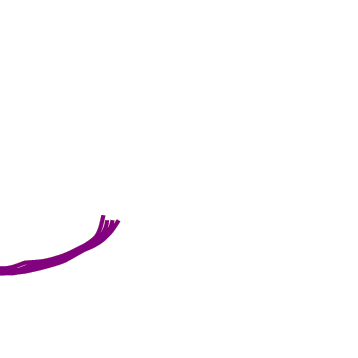
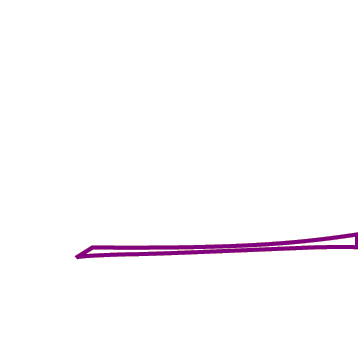
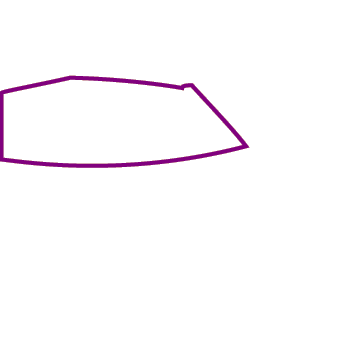


Introduction
The anatomy and physiology of the eyeball may have seemed complicated but the ear is even more complicated. From the outside (see photo inset), the anatomy of the ear appears to be relatively simple. However, the process of transducing sound wave energy into neural energy is even more convoluted than the process of transducing light energy into neural energy. In this activity we’ll review 18 structures involved in the auditory transduction process.
The image at left shows the traditional division of the auditory organ into the outer ear, middle ear, and inner ear. As we cover the structures in each division we’ll briefly describe their functions, but for a full description of the process, refer to Chapter 9 of your textbook.
Instructions
Click on an anatomical structure in the figure to see its name and read what it does.
Click the “Show Labels” link in each section to see the structures labeled.
Click the “Start Quiz” link in each section to quiz yourself on the structures.
The Outer and Middle Ear
Sound waves are collected by the pinna and then funneled through the auditory canal to the tympanic membrane (also known as the “eardrum”). The tympanic membrane moves back and forth in response to air pressure changes caused by sound waves. This back-and-forth motion is transferred to three middle ear bones (or ossicles), called the malleus, incus, and stapes (in order of their position between the eardrum and the cochlea). The stapes pushes and pulls on the oval window, a small membrane in the wall of the cochlea, which houses the inner ear structures. It is in the inner ear that the actual neural transduction process takes place; at the end of this process, neural signals emerge through the cochlear nerve and travel to the spinal cord and brain.
Click on each structure in the figure to see its name and read what it does.
Click the Show Labels link in each section to see the structures labeled.
Click the “Start Quiz” link in each section to quiz yourself on the structures.
Pinna
The pinna is the outer fleshy part of the auditory organ—the part we can see and which we usually think of as “the ear.” Its function is to collect and slightly amplify sound waves, and to aid in auditory localization. The pinna directs sound waves into the auditory canal that leads to the middle ear.
Auditory Canal
The auditory canal funnels sound waves from the pinna to the tympanic membrane, amplifying them in the process. Its main purpose is really to provide a buffer zone between the delicate middle/inner ear structures and the outside world.
Tympanic Membrane
The tympanic membrane, also known as the eardrum, vibrates in response to sound waves reaching it, pushing and pulling on the attached malleus bone.
Malleus
The malleus pistons back and forth as the tympanic membrane vibrates in response to sound waves reaching it. Along with the other ossicles, the malleus serves to amplify sound waves and transfer their energy to the cochlea.
Incus
The incus is attached to the malleus on one side and the stapes on the other. Along with the other ossicles, the incus serves to amplify sound waves and transfer their energy to the cochlea.
Stapes/Oval Window
The stapes moves back and forth, transferring the push- and pull-energy of the incus to the oval window, which is hidden behind the stapes in this figure. Along with the other ossicles, the stapes serves to amplify sound waves and transfer their energy to the cochlea. The oval window, a membrane on the outside of the cochlea, is the boundary between the middle ear and the inner ear.
Cochlea
The cochlea houses the delicate structures of the inner ear, which you can review in the next two parts of the activity.
Round Window
The round window is, like the oval window, a membrane on the outside of the cochlea. The round window moves back and forth to release any sound wave energy that was not absorbed within the cochlea.
Cochlear Nerve
The cochlear nerve carries information about sound waves from the inner ear to the spinal cord and brain.
Cross Section of the Cochlea
The cochlea is really a rolled-up tube divided into three long, thin, fluid-filled chambers called canals. The large image at left shows a cross section (see inset) of these chambers.
The oval window pushes in and out on one end of the vestibular canal. This in-and-out motion causes a traveling pressure wave to pass through the fluid in the vestibular canal and around into the tympanic canal (these two canals are connected at the other end by a small opening called the helicotrema). As the wave moves down the vestibular canal, the bulge it produces puts pressure on the middle canal, which in turn triggers another series of events in the cochlear partition that forms the base of the middle canal. Eventually, the traveling pressure wave reaches the round window at the end of the tympanic canal which moves back and forth to release energy from the traveling pressure wave.
Click on each structure in the figure to see its name and read what it does.
Click the Show Labels link in each section to see the structures labeled.
Click the “Start Quiz” link in each section to quiz yourself on the structures.
Vestibular Canal
The vestibular canal extends from the oval window at the base of the cochlea to the helicotrema at the apex of the cochlea. The vestibular canal is connected to the tympanic canal via the helicotrema.
Middle Canal
The middle canal is squeezed in between the vestibular and tympanic canals.
Tympanic Canal
The tympanic canal extends from the helicotrema at the apex of the cochlea to the round window at the base of the cochlea. The tympanic canal is connected to the vestibular canal via the helicotrema.
Cochlear Partition
The cochlear partition lies at the base of the middle canal and contains the organ of Corti which transduces pressure wave energy into neural energy and sends it on to the spinal cord and brain. For this reason, the organ of Corti is sometimes called the “retina of the ear.”
The Organ of Corti
This final image shows a close-up of the organ of Corti at the base of the cochlear partition.
As a traveling wave passes through the fluid within the vestibular canal and causes it to bulge, the cochlear partition is displaced causing the basilar membrane, along with the inner hair cells and outer hair cells sitting atop the basilar membrane, to move down and then back up. Hairlike bristles called stereocilia extend from the hair cells to the tectorial membrane. Because of the way it is attached to the cochlear partition, the tectorial membrane drags these stereocilia back and forth as the basilar membrane moves up and down. The back-and-forth motion of the stereocilia on the inner hair cells starts a chemical chain reaction that (finally) results in a neural impulse being generated by the hair cell. These impulses are transmitted to the brain via auditory nerve fibers, which collect together and emerge from the cochlea in the cochlear nerve.
Click on each structure in the figure to see its name and read what it does.
Click the Show Labels link in each section to see the structures labeled.
Click the “Start Quiz” link in each section to quiz yourself on the structures.
Tectorial Membrane
The tectorial membrane moves back and forth as the basilar membrane moves up and down, driving the stereocilia of the hair cells (which are embedded in, or at least touching the membrane) back and forth with it.
Auditory Nerve Fibers
Auditory nerve fibers carry information from inner hair cells back to the brain. Some nerve fibers also bring feedback from the brain to the ear (primarily to the outer hair cells).
Inner Hair Cell
Inner hair cells are the receptor cells of the auditory system, analogous to rods and cones in the eye. When the stereocilia of inner hair cells are bent back and forth by the shearing motion of the tectorial membrane, the hair cells produce action potentials that are carried back to the brain via auditory nerve fibers.
Outer Hair Cells
Outer hair cells do not appear to transmit information to the brain; instead, they are believed to provide a means for the brain to modulate information collected by the inner hair cells. For example, when you speak, outer hair cells may be directed to stiffen their stereocilia and thereby reduce the amount that adjacent inner hair cells can move. This would effectively “muffle” the inner hair cells, reducing the extent to which you are burdened with the effort of hearing yourself talk.
Basilar Membrane
The basilar membrane moves up and down, carrying the organ of Corti with it, as pressure waves move through the fluid within the vestibular canal.